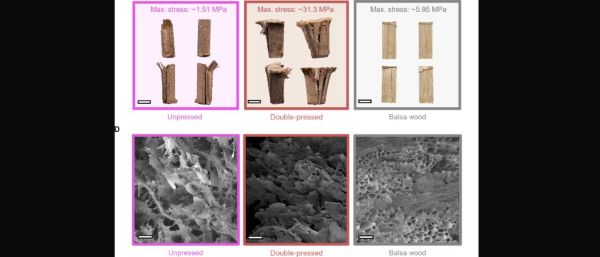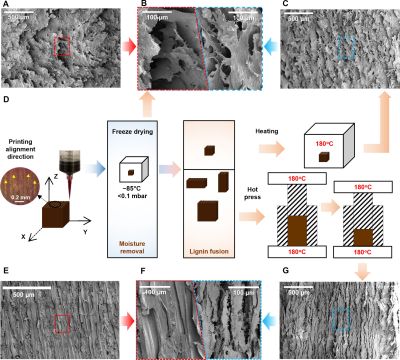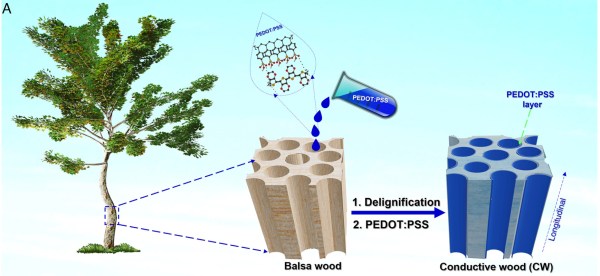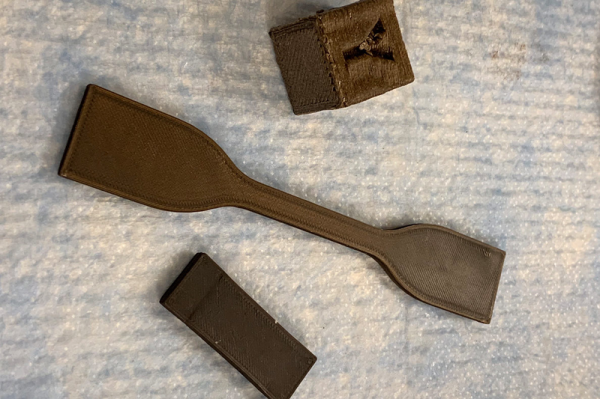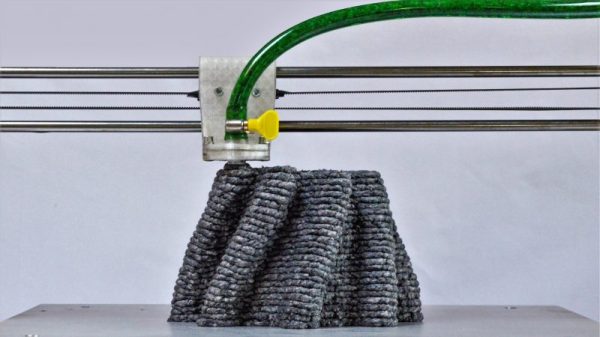Wood is surely one of the most versatile materials available. It can be found in a huge variety of colours and physical properties depending on the variety of the tree that grew it, and it has been fashioned into all conceivable devices, products, and structures over millenia. It’s not without shortcomings though, and one of the most obvious is that it can’t match the strength of some other materials. To carry large forces with a piece of wood that piece has to be made much larger than a corresponding piece of steel, something which is not a problem in a roof truss, but significantly difficult in a car body.
There have been a variety of attempts to strengthen the structure of wood in the past, and the latest has recently been published as a Nature paper. In it is described a process of first treating natural wood in a chemical bath to remove lignin and leave only the cellulose structure, followed by sustained compression at high temperature. This causes the cellulose fibres to interlock, and leaves a much denser wooden board with an equivalent strength that is described as near that of steel. They’ve posted a video which we’ve placed below the break, showing some ballistic tests on their material.
All new materials are of interest, but assuming that this one can be commercialised it makes for a particularly exciting set of possibilities. Wooden motor vehicles for example, new techniques for wooden aircraft or boats, or as an alternative in some applications where carbon fibre might currently find an application.
We’ve looked at a very similar process in the past for producing transparent wood. The good news for Hackaday readers that takes this from esoteric scientific paper to fascinating possibility though is that it can be done at home. Can any of you replicate the pressing step to take it to the next level?
Continue reading “Need Strength? It’s Modified Wood You Want!” →



